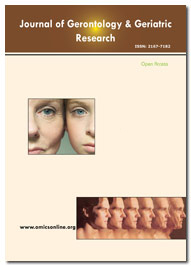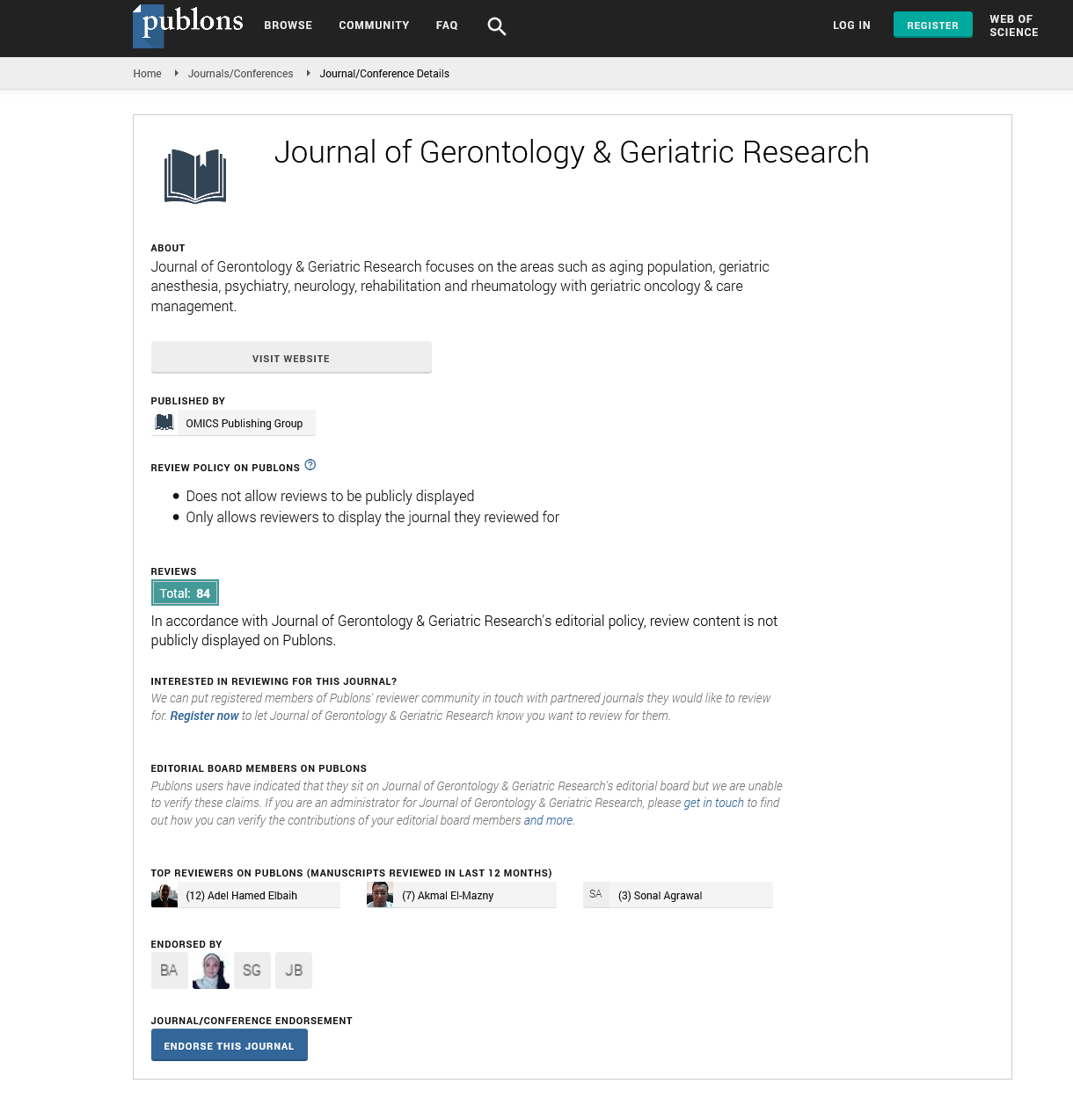Indexed In
- Open J Gate
- Genamics JournalSeek
- SafetyLit
- RefSeek
- Hamdard University
- EBSCO A-Z
- OCLC- WorldCat
- Publons
- Geneva Foundation for Medical Education and Research
- Euro Pub
- Google Scholar
Useful Links
Share This Page
Journal Flyer

Open Access Journals
- Agri and Aquaculture
- Biochemistry
- Bioinformatics & Systems Biology
- Business & Management
- Chemistry
- Clinical Sciences
- Engineering
- Food & Nutrition
- General Science
- Genetics & Molecular Biology
- Immunology & Microbiology
- Medical Sciences
- Neuroscience & Psychology
- Nursing & Health Care
- Pharmaceutical Sciences
Abstract
DNA Replication and Telomere Shortening: Key Factors Related to the Production of C3-Aldehydes and the Interaction of One of them with DNA Guanine Residues
Dmitriev LF and Titov VN
The ketoaldehyde methylglyoxal (MG) is an aldehyde produced during aging. During cellular senescence, the ultimate and irreversible loss of replicative capacity of somatic cells takes place. The aging process needs to be explored carefully, as the well-known aging theory requires two additional ideas. One of these ideas is related to the MG-dependent loss of the hole-trapping property of the minor groove of DNA structure. The second idea pertains to local restriction and telomere shortening, which show some resemblance to the Olovnikov-Blackburn model. The ordering of such preliminary shortening is to eliminate the flawed part of the telomere and to expose the telomere to the activity of helicase.

